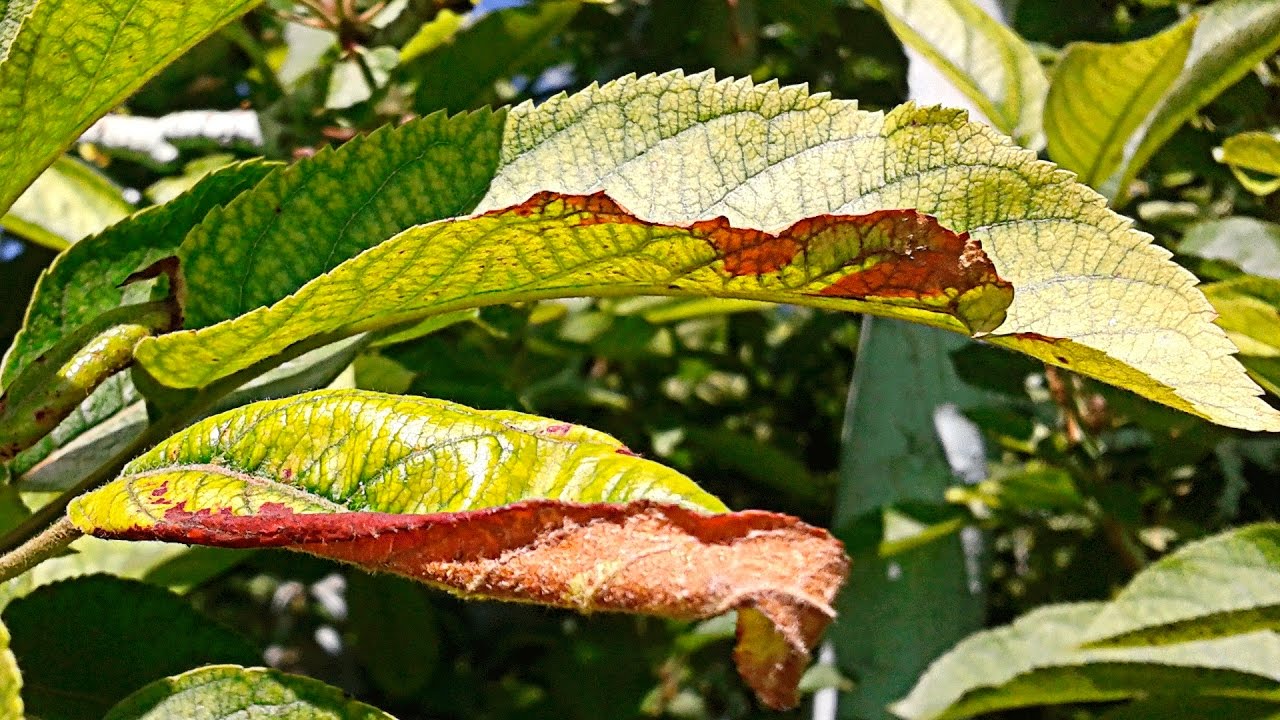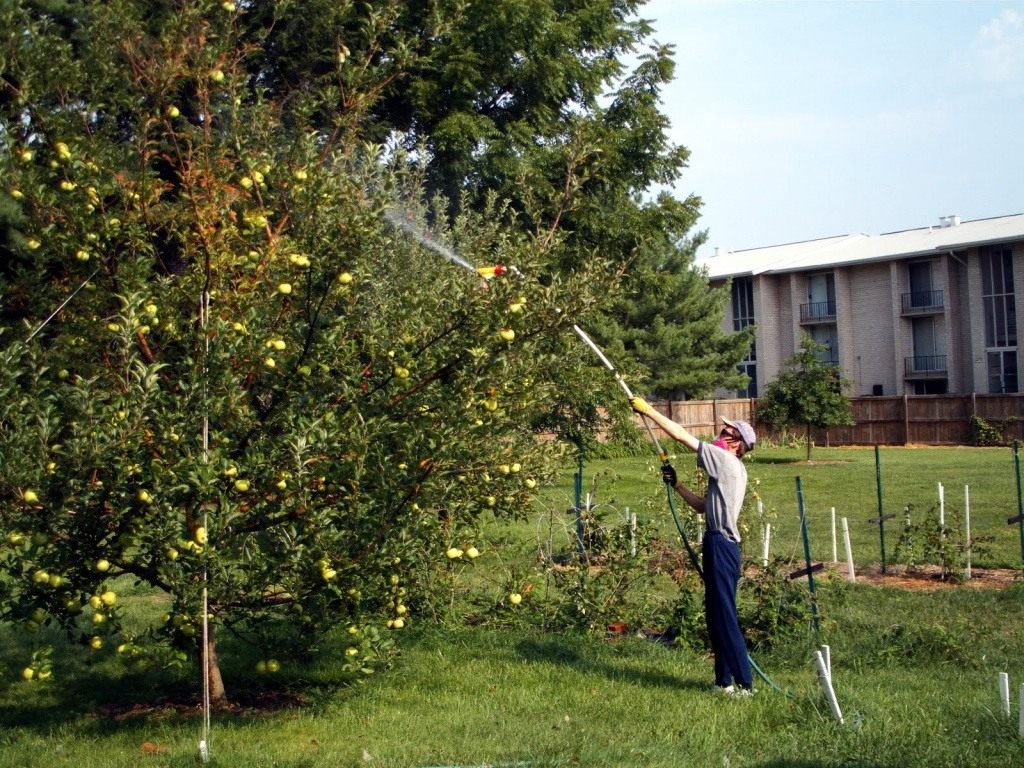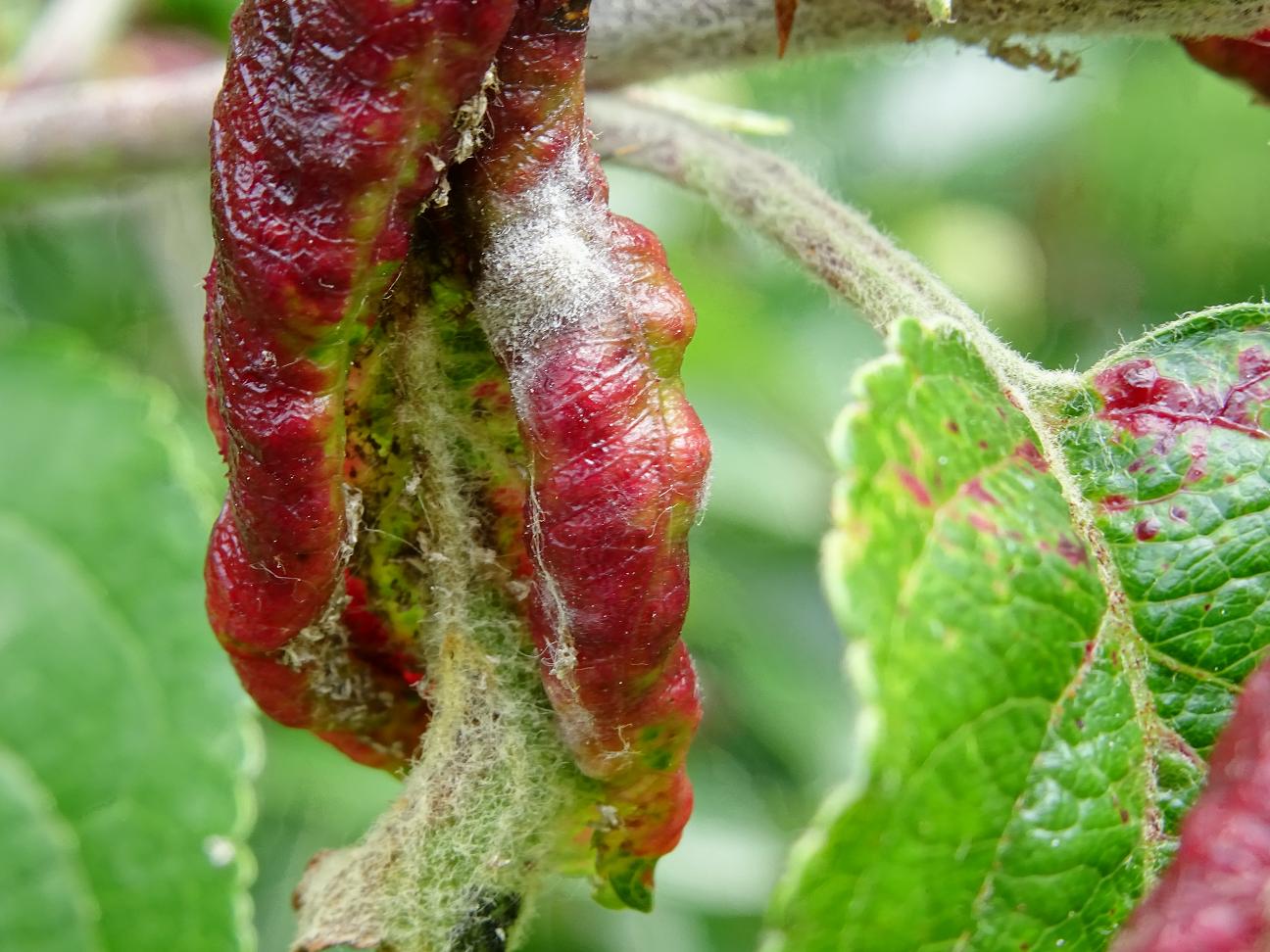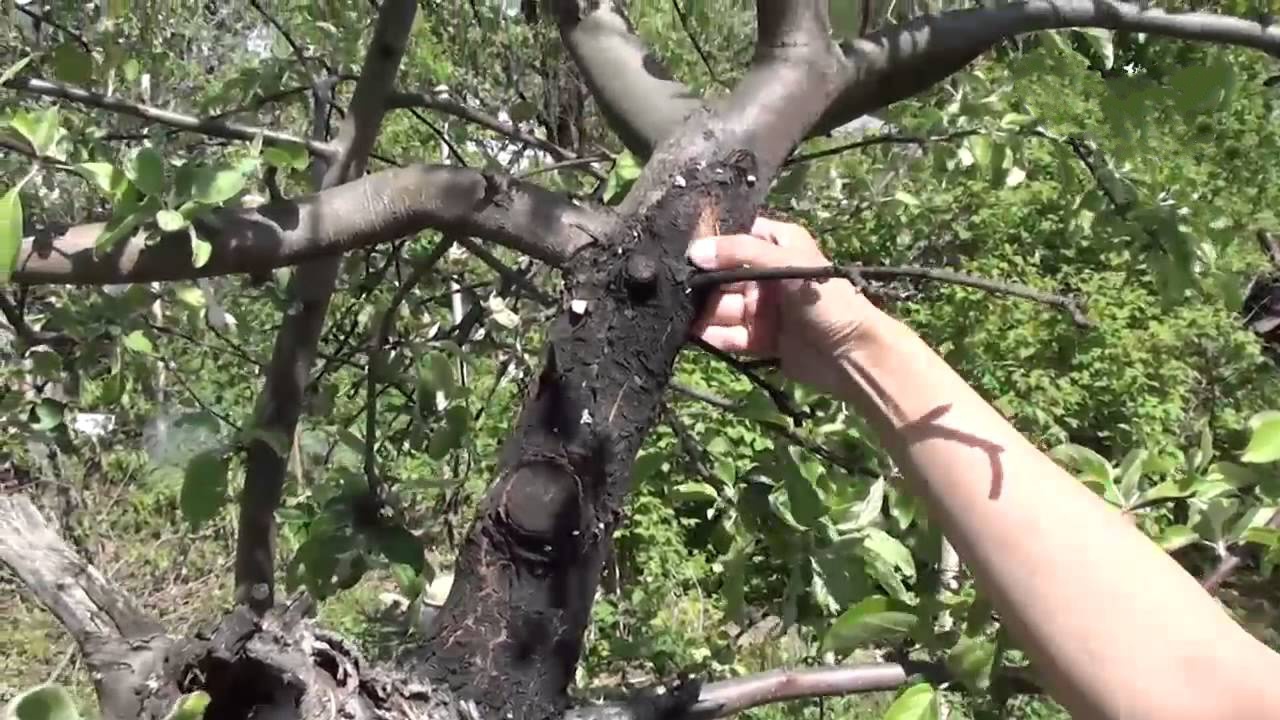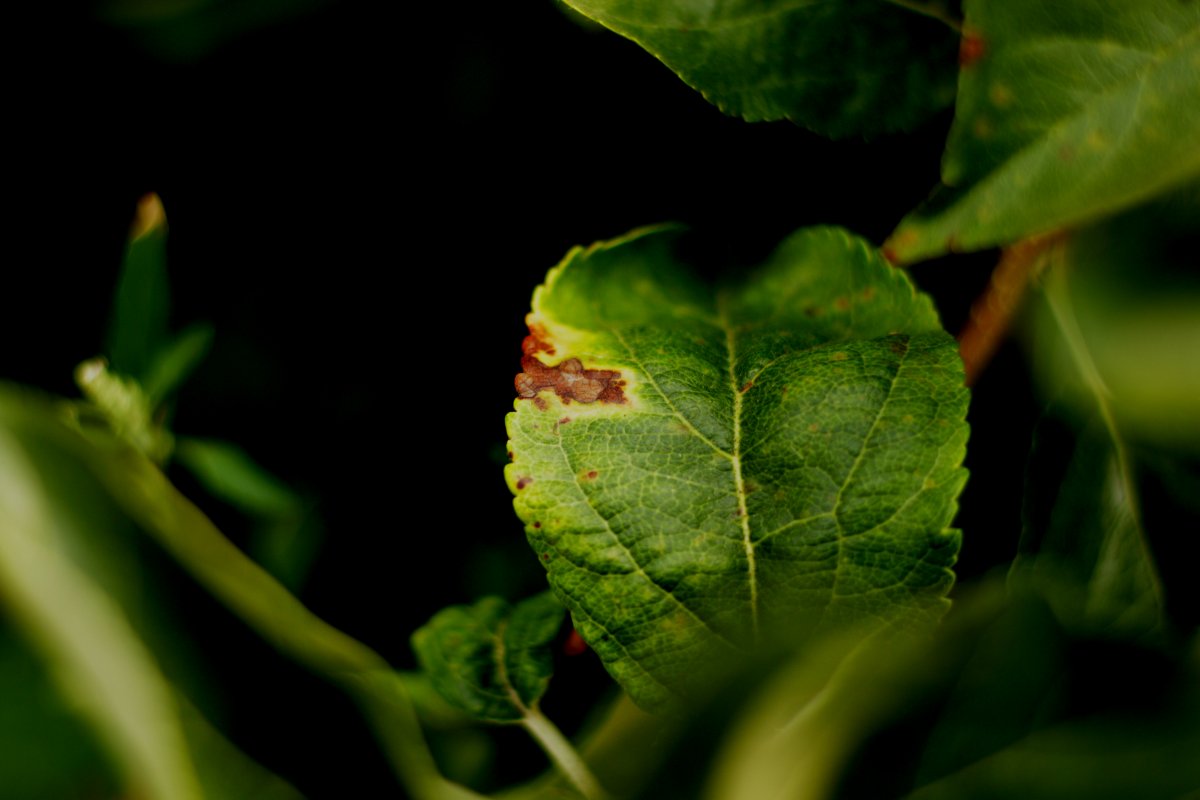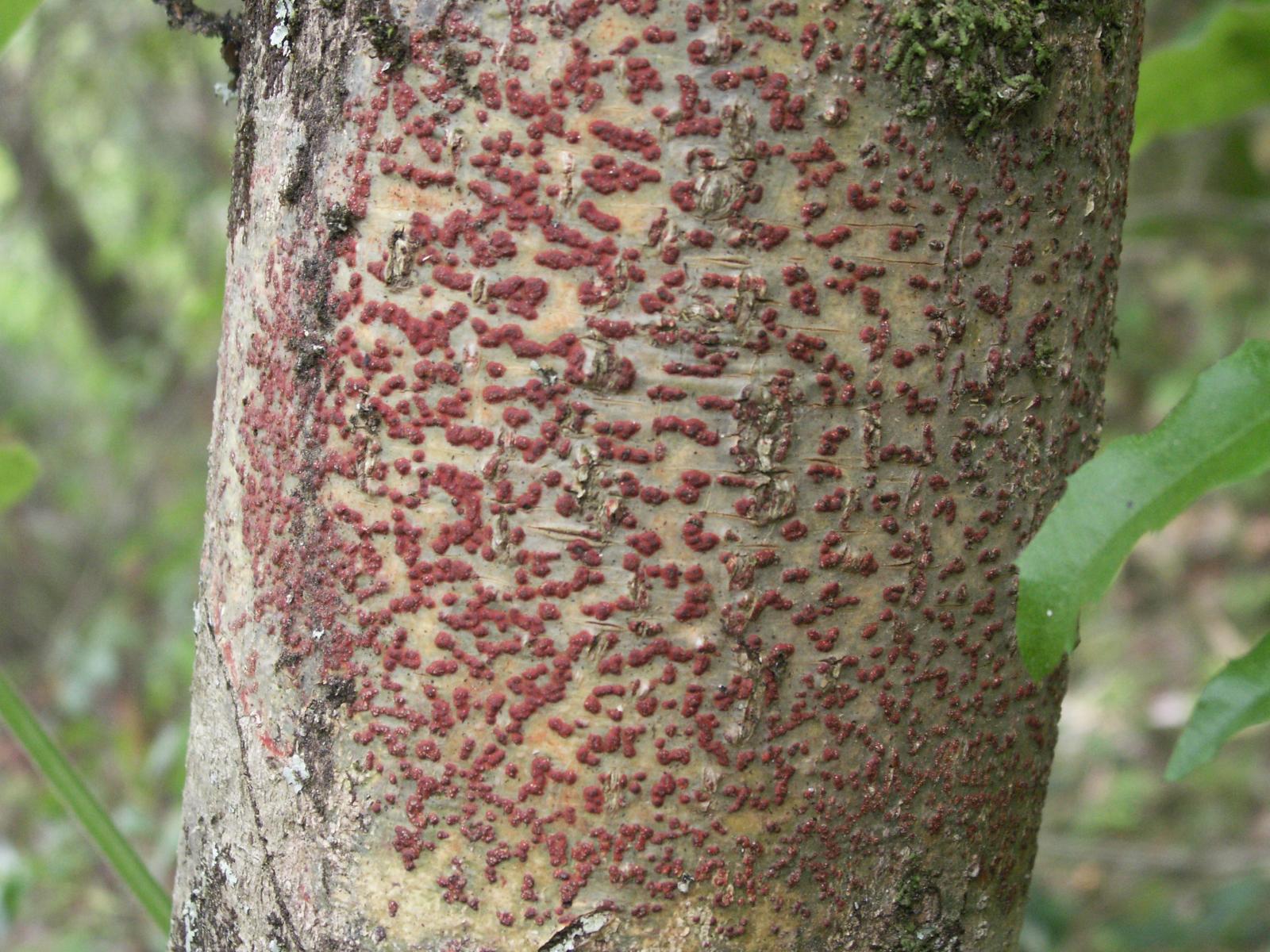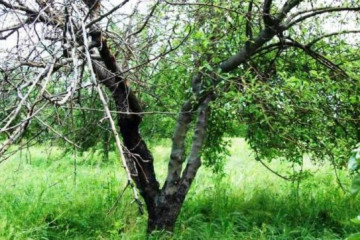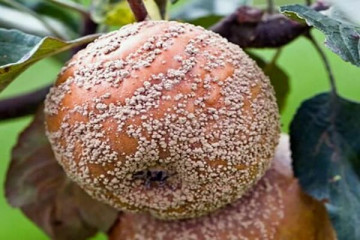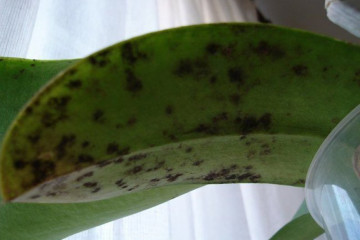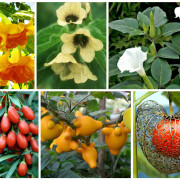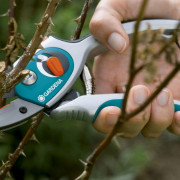Red spots on the leaves of an apple tree: reasons how to treat
Content:
- Why do red spots appear on the leaves of an apple tree, what to do
- Potassium deficiency
- Phosphorus deficiency
- Lack of magnesium
- Incompatibility between rootstock and scion
- Red-gall aphid
- Brown spot or phyllostictosis
- Black cancer
- Milky shine
- Mechanical damage to the bark
- Waterlogging of the soil
- Sooty fungus
- Moniliosis (fruit rot)
- Cytosporosis (infectious wilt of the bark)
- Rust
- Apple Mosaic
- What to do if the leaves of the apple tree turn red and curl
Red spots on the leaves of an apple tree are common and indicate a problem. It is not worth ignoring this sign, since in the absence of adequate measures, this can lead not only to loss of yield, but also to the death of the tree. But before starting therapy, it is necessary to identify the cause of the reddening of the leaves. Otherwise, all efforts can be wasted.
Why do red spots appear on the leaves of an apple tree, what to do
Red spots can appear on apple leaves for a number of reasons. In most cases, this is due to improper or insufficient tree care. Timely correction allows you to quickly resolve the problem. But sometimes this symptom appears as a result of the development of the disease. In this case, it is necessary to carry out complex treatment to prevent further spread. Only by determining the reason why the leaves began to turn red on the apple tree, it is possible to save the tree and the future harvest.
Potassium deficiency
The lack of this component in the soil provokes the appearance of a reddish rim along the edge of the leaf plates. Potassium deficiency is often accompanied by nitrogen starvation, since the apple tree is not able to assimilate one component with a lack of another.
The problem can be eliminated by foliar feeding on the leaf in order to accelerate the access of potassium to the apex. To do this, dissolve 50 g of potassium salt in 10 liters of water. You should also water the apple tree with a wood ash-based hood. To do this, pour 200 g of the component with 1 liter of boiling water and leave for a day. After the waiting period, add up to 10 liters of cold water. Pour 2 liters of the resulting solution under each tree.
Phosphorus deficiency
With a lack of this nutrient, the leaves of the apple tree acquire a purple or bronze tint, which initially appears near the petiole. As a result of phosphorus deficiency, premature leaf fall occurs, and the fruits begin to fall off immature.
To solve the problem, you must first spray the crown of the apple tree with a 0.5% ammophos solution. In the future, carry out such feeding in the next season from April to mid-summer at intervals of 2-3 weeks. In addition, three times a season you need to water the apple tree with superphosphate at the rate of 40 g per 10 liters of water.
Lack of magnesium
Magnesium deficiency usually occurs when growing an apple tree on sandy loam soils. In this case, red spots appear between the veins. To eliminate the problem, it is necessary to spray the leaves and shoots with a solution of magnesium sulfate at the rate of 2 g per bucket of water. During the season, no more than 4 such treatments can be carried out.
Incompatibility between rootstock and scion
In this case, all the leaves on the apple tree should turn red. This is a sign that the scion and rootstock are physiologically incompatible. Also, a characteristic influx appears at the site of inoculation. It is useless to fight this phenomenon. To solve the problem, you need to change the apple tree to a new one.
Red-gall aphid
When a tree is affected by this pest, convex reddish spots appear on the leaves. You can find red-gall aphids on the back of the plates, it feeds on tree sap and affects young shoots. In the absence of control measures, the affected leaves begin to curl up and deform. To combat the pest, it is necessary to process the crown. It is recommended to spray with systemic drugs such as "Fufanon" or "Actellik".
Brown spot or phyllostictosis
With this disease, small reddish spots appear on the leaves of the apple tree, which subsequently acquire a brown tint and increase in size. The fungus feeds on cell sap, which disrupts metabolic processes in tissues and causes necrosis. In the future, the affected leaves begin to dry and fall off. The first signs of fungal infection appear in May.
If you do not treat the apple tree from brown spot in a timely manner, then you can lose not only the harvest, but also the entire tree. To combat the disease, it is necessary to treat the crown with copper sulfate, "Falcon", "Strobi", "Topaz".
Black cancer
This disease appears on weakened, emaciated apple trees. In this case, reddish dots are initially formed on the leaves, which then darken and spread to the trunk, branches, and even fruits.
To save the apple tree, it is necessary to remove all necrotic areas, and treat open wounds with a 3% solution of copper sulfate. After that, they should be covered with garden pitch. As a preventive measure, it is recommended to spray the apple tree with a 1% solution of Bordeaux liquid every month, except for the flowering period.
Milky shine
The disease can be recognized by the light pink spots on the leaves on the south side of the tree. Subsequently, a grayish pearlescent shine appears on the branches, which spreads quickly. Against this background, immature fruits begin to crumble en masse. If the disease covers the skeleton of a tree, then it dies.
Provoking factors for the development of milky shine:
- freezing of trees;
- water and mineral starvation of the crown;
- sharp temperature jumps;
- poor drainage;
- lack of lime in the soil.
The tree can be cured only at the initial stage of the defeat. To do this, it is necessary to adjust the watering and process the crown with a 3-5% solution of copper sulfate. As a preventive measure, it is necessary to whitewash the trunk and skeletal branches of the apple tree in autumn and spring.
Mechanical damage to the bark
Leaves on branches can curl and turn red as a result of metabolic disorders in tissues. This may be due to the fact that the bark is severely crushed by the wire or rope, which interferes with the passage of food to the apex of the shoot.
To correct the situation, it is necessary to remove the constriction and, using a garden knife, make several cuts in the bark above and below this place.
Waterlogging of the soil
A problem can also arise when the groundwater is close, planting an apple tree in clay soil, as well as in the case of a tree in a lowland. All these factors lead to the fact that air access to the roots is disrupted, so the leaves can turn pink. To solve the problem, you need to add sand and peat to the root circle and gently mix them with the top layer of soil. Also, at a distance of 1.5 m from the trunk, it is necessary to make a drainage groove and adjust the irrigation mode.
Sooty fungus
The carriers of this disease are aphids and honeydew.Initially, small reddish dots appear on the leaves, subsequently the plates curl, which indicates an invasion of pests. Then a sooty bloom appears on them, which gradually spreads to the entire crown of the tree.
For treatment, it is necessary to initially wash off the plaque with a stream of water from a hose, and then carry out a complex treatment against pests with "Aktellik" and against the disease with "Horus" or "Fast".
Moniliosis (fruit rot)
A common disease in all pome crops. The first signs of moniliosis appear in the spring during the flowering period. First of all, the buds wither, and then the disease spreads to the leaves and shoots, which at first acquire a reddish tint and begin to curl. In the future, the affected areas become brown, which gives the impression of a burn.
For treatment at this stage, it is necessary to cut out damaged shoots, capturing up to 15 cm of healthy tissue. After stripping the apple tree should be sprayed with "Horus" three times at intervals of 10 days.
In the future, moniliosis may appear on apples in the summer during their ripening period. This is facilitated by cool, humid weather. At this time, it is necessary to dispose of all decaying fruits and spray the tree with a product such as Strobi.
Cytosporosis (infectious wilt of the bark)
This disease affects weakened trees. The first signs can be observed during the flowering period of the apple tree, namely in June. They appear as reddish-brown barks filled with fungal spores.
As a result of fungal infection, red-brown spots also appear on the leaves against the background of nutritional deficiency. For treatment, it is necessary to clean the affected areas of the bark and spray the crown and shoots with copper or iron sulfate.
Rust
The fungal disease spreads to the apple tree from the juniper. It can be recognized by the yellowish-green spots on the leaves in the spring, which acquire a reddish-reddish hue by the middle of summer. On the reverse side of the plates, tubercles are formed, inside which are the spores of the fungus.
Rust is more common in the Crimea and Krasnodar Territory. For treatment it is necessary to apply "Horus", "Strobi" - three times with a frequency of 10 days.
Apple Mosaic
This viral disease spreads with apple pollen and seeds. Symptoms appear as a mosaic of light red leaves. Signs can be seen early in the growing season. Against this background, the growth of the tree and the yield decrease. The mosaic is not treatable. The virus dies at elevated air temperatures within + 37-40 degrees.
What to do if the leaves of the apple tree turn red and curl
Having identified the cause of the red leaves on the apple tree, you need to familiarize yourself with how to treat the tree. First of all, it is necessary to feed with phosphorus-potassium mineral mixtures, which will increase resistance and strengthen immunity.
In case of damage by a pest, the crown of the tree should be sprayed with a suitable insecticide, and in case of illness - with a fungicide. It is also necessary to clean the stems and skeletal branches, and then whitewash them with lime. In addition, you need to install a trapping belt.
In order to subsequently minimize the likelihood of such a problem, it is necessary:
- adjust watering;
- apply top dressing in a timely manner, taking into account the stage of development;
- in early spring and autumn, spray the crown with fungicides and insecticides;
- loosen the root circle;
- remove fallen leaves and burn it.
The red spots on the apple tree cannot be ignored, as in this way the tree shows that it needs the help of a gardener.In most cases, to fix the problem, it is enough to correct the care of the apple tree. And then you can count on a good harvest at the end of the season.
